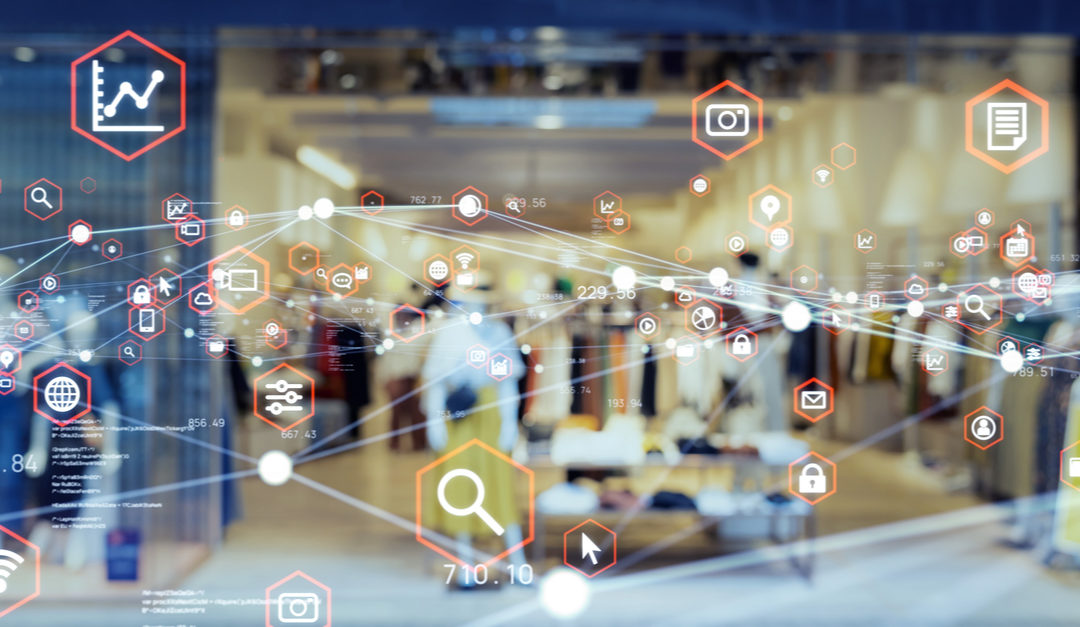Retail Trends: What is going to happen in the industry
Noel Sheppard, General Manager at Distec, explores the changing landscape of the retail industry
The last year and a half has been a rollercoaster for the retail industry. In a sector already under pressure from rising rents and the acceleration of the trend towards online shopping, COVID-19 was a hammer blow. With shops forced to close, customers had no choice but to rely on online shopping. Now, as bricks and mortar stores dust themselves off, the question arises as to what trends we are going to see in the industry post-pandemic.
Retailers will be looking to make their businesses more secure with the added pressure of making it future-proof for all eventualities. So, what changes are we likely to see?
Balance the scales with omnichannel
The closure of shops during various lockdowns over the last 18-months served to make e-commerce the mainstream. With shoppers now accustomed to the convenience of shopping online, and a renewed focus on hygiene and fewer face-to-face interactions, it is extremely unlikely that the trend will swing back towards exclusive bricks and mortar-buying practices. As a result, an omnichannel approach for many businesses will be the best strategy to maximise sales.
Bringing together bricks and mortar and e-commerce gives businesses the best of both worlds. Technologies such as interactive digital signage for example could be used to bridge the gap between the retail ecosystems through product information displays, stock checks and exclusive deals. An omnichannel offering, backed by the right technology, is a great way to protect the business against changes in customers’ buying behaviours.
Accelerating experiential retail
Another effect of the move towards online shopping is that the role of bricks and mortar stores has changed. For shoppers looking only for convenience, online shopping is hard to beat. Highstreet retail, therefore, has to offer something special, and that something is a positive experience that they cannot get from online retail. Again, technology plays a key role here. Innovations such as digital signage helps to both deliver a seamless experience and also create experiences. Product information screens help shoppers to find what they are looking for and show customers exciting new product launches. Data mining innovations can count customer numbers to improve safety, as well as use information on customer’s buying habits to suggest products to them. This helps to keep customers happy and safe and also increase sales for the business.
Supply chain is key
Another big issue facing the retail sector is the health of supply chains. In the UK, the double impact of the pandemic and Brexit has meant that supply chains have been hugely affected. So much so that companies as big as Mcdonald’s and Nando’s have had difficulties with stock levels. Retailers who are able to boast good supply chains will be the ones that benefit, leap-frogging rivals who simply cannot keep up with maintaining their stock.
The trends we are seeing in retail demonstrate how serious businesses are investing in the entire infrastructure, from the supply chain to the shop floor. Those who use technology as a driver will reap greater rewards than others who remain steadfast in tradition.

